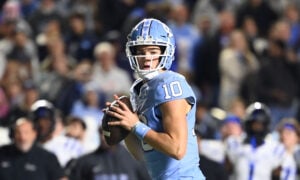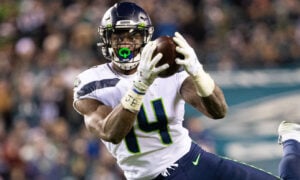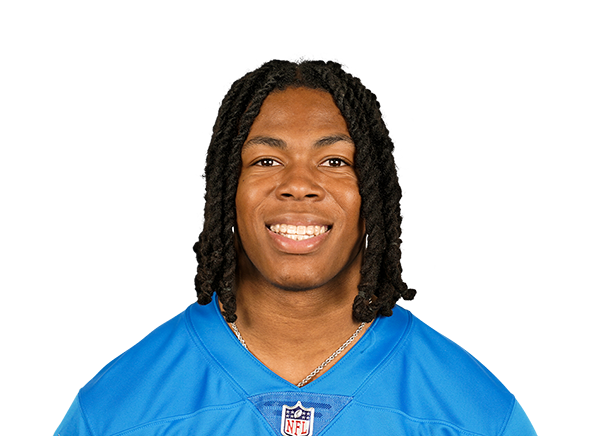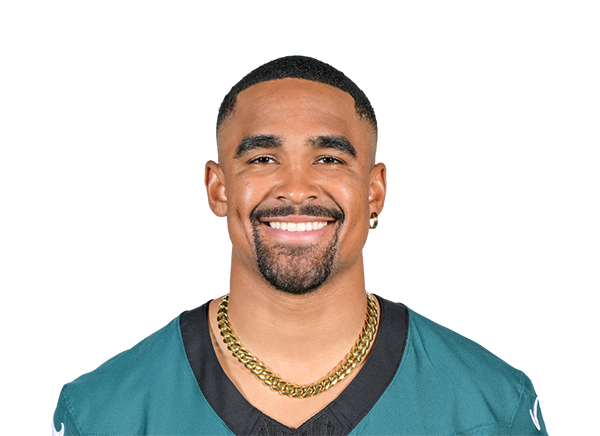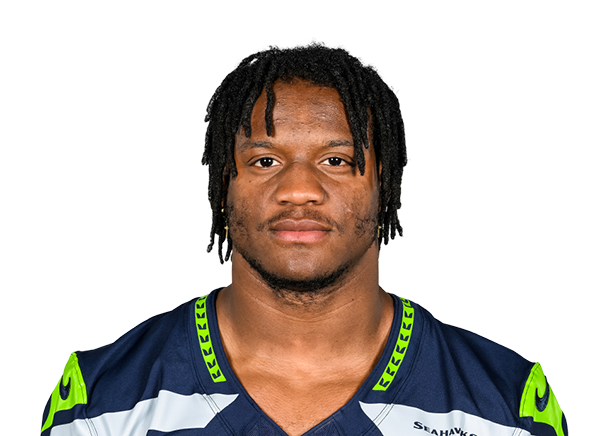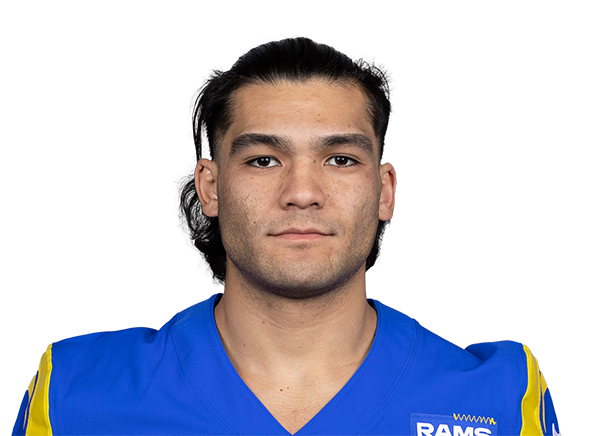Weekly Twitter Observations
Each week I will be walking through the Twitterverse extracting some of the best commentary from trusted fantasy football minds. Twitter can be overwhelming with the amount of information that streams live, but it also proves to be one of the fastest and easiest ways to communicate. In 140 characters or less you can learn something about a player you may have never thought of from trends, stats or analysis.
Jared Cook, TE GB
One of the more fantasy relevant signings from this past week came when Jared Cook joined the Green Bay Packers. Whenever a top quarterback in the league receives a new weapon on offense, it pays to take notice. Even Cook himself exclaimed that receiving passes from a quarterback with Aaron Rodgers’ pedigree was his top priority. Looking at recent MFL ADP data from RotoViz, you see Jared’s ADP climbing from around 230th overall in drafts all the way up to around 150th since joining the Packers. Comments from the fantasy community in general though appear to be luke-warm at best as seen below.
Jared Cook signing with the Packers will have as much fantasy impact as if they signed a really great short stop or goalie.
— Eric Olinger (@OlingerIDP) March 28, 2016
Jared Cook dropped 10 passes last year. No other tight end dropped more than seven.
— Nathan Jahnke (@PFF_NateJahnke) March 28, 2016
At first glance, I thought he was referencing his playing style. https://t.co/QSXf6N97nx
— Chris Wesseling (@ChrisWesseling) March 29, 2016
Humor aside Jared Cook is a player known for his drops and inconsistency in play, as Nathan clearly displayed. His best fantasy season over seven years in the league was in 2013 when he caught 51 balls for 671 yards and five touchdowns. Last season that stat line would have placed him right at the number 12 tight end. In Green Bay he will be splitting receptions with Richard Rodgers and the return of Jordy Nelson will also mean fewer targets. Aaron Rodgers is great at spreading the ball around as well, so expecting anything more than 400 yards and four scores seems like a reach. Personally I do not see any weekly consistency from Cook and he can be grouped in with any number of middling options at the tight end position.
Tyler Eifert, TE CIN
Switching gears to a tight end that does deserve your undivided attention, the Bengals’ Tyler Eifert produced an incredibly efficient fantasy season in 2015. The only problem was that while he may have gotten you to the fantasy playoffs he definitely did not help you win the championship missing weeks 13, 15 and 16. Despite missing three games, Eifert finished with 13 total touchdowns leading the position and was only one of three tight ends to reach double digits in the category. At 25 and entering his fourth season in the league, he is an elite option only behind Rob Gronkowski in my opinion. The only thing that should give owners pause is expecting another run like we saw last season. As both Denny and TJ pointed out Tyler was scoring at an impressive rate.
Pretty incredible that Tyler Eifert turned in a top-6 season with a measly 66 targets (in 13 games).
— C.D. Carter (@CDCarter13) March 28, 2016
In 2015, T. Eifert scored every 5.7 tgts, 2nd best ever for a TE. For reference: 2015 avg for TEs 18.3 tgt/TD; Gronk career 8.9, Gates 12.2
— TJ Hernandez (@TJHernandez) March 23, 2016
The Bengals possess an imposing array of offensive weapons from their backfield duo to all-star wide out A.J. Green, meaning defenses cannot simply scheme to reduce Eifert’s production. I would expect more attention paid to him, particularly in the red zone, and his touchdowns to fall back to the eight to ten range.
Brandon LaFell, WR CIN
Joining Eifert and the Bengals offense in 2016 is newly signed receiver Brandon LaFell. Fantasy Twitter favorite Rumford Johnny captured LaFell’s career perfectly this week tweeting,
LaFell’s career trajectory looks like the stripe on a Charlie Brown sweater…hopefully he can bounce back.
— Rummy (@RumfordJohnny) March 30, 2016
After four marginal years spent in Carolina averaging around 600 yards and four touchdowns, Brandon joined the Patriots in 2014 and quickly became a favorite of quarterback Tom Brady. That season he recorded nearly 1,000 yards and seven touchdowns. Unfortunately was placed on the PUP list missing the first six weeks the following year and never truly got going in the offense again. So the question moving forward is what value will he truly have in fantasy?
Coley Harvey reported this week that LaFell was comfortable not being a top option for Andy Dalton,
Brandon LaFell is comfortable with being the #Bengals‘ No. 2 or No. 3 WR. When he met with OC Ken Zampese on his… https://t.co/3hQf44pbOD
— Coley Harvey (@ColeyHarvey) March 31, 2016
This is not overly surprising because he was not going to surpass the aforementioned Green and Eifert, but it will be interesting to see if the Bengals take another receiver early in the NFL draft. As it stands now the Bengals offense has attempted right at 500 passes the last two seasons and seeing that LaFell is not going to be a focal point he should wind up in the WR4 range at best in 2016.
Larry Fitzgerald, WR ARI
One player evaluation that came across my timeline this week had me quickly nodding my head in agreement. As Frank mentioned, Cardinals receiver Larry Fitzgerald may be a prime sell candidate.
Larry Fitz has to be the biggest sell in dynasty right now. pic.twitter.com/BBUFshQJfA
— Fantasy Douche (@FantasyDouche) March 26, 2016
The graph was created using a RotoViz tool I referenced above and compared Fitzgerald to two other long in the tooth pass catchers. While both Anquan Boldin and Roddy White may be two and three years older than Larry, he has actually been in the league one less season than Anquan and one more than Roddy. Age is always a factor when determining dynasty values but unlike Boldin and White, Fitzgerald is coming off a fantastic, bounce-back season that landed him as a low end WR1. His role in the Cardinals offense is not going to increase and continuing to expect elite performances in the future is unlikely. Larry is also tied to a quarterback reaching the end of his expected career and we witnessed what life was like without Carson Palmer in 2014. All this being said if you can find owners willing to value Fitzgerald as a key asset for the foreseeable future better to sell before the bear market rides in.
News, Notes and Insights
I normally focus on specific player tweets coming across my timeline. But there are numerous instances of interesting information provided by the wealth of fantasy analysts who deliver information and statistics that can help guide your overall processes to fantasy football. Below are a few that caught my eye this past week.
Re: new touchback rule. Since 2013, 29.7% drives starting at 20 resulted in score, 18% TD. From 25, 32.5% drives ended in score, 19.7% TD
— TJ Hernandez (@TJHernandez) March 24, 2016
4for4’s TJ Hernandez offered some stats on the new touchback rule for 2016 that could impact leagues that reward return yardage in particular. The NFL has been trying to reduce the number of kickoff returns under the guise of player safety for years. In 2010 when the kickoff was moved from the 30 to the 35 the number of returns dropped dramatically and has continued to fall off. The noteworthy point with this rule change though is that there currently is a disagreement on whether more or less kickoffs will be attempted. Studying the success rates of different NFL teams’ special teams should provide an answer on whether they will be more likely to take the touchback or gamble on the return. My general take is that teams will attempt to short kick and force returns but in the end we will see fewer returns than ever placing value on players who are elite in the return game. If this plays out and as TJ noted NFL offensive scoring production will also continue to climb producing more fantasy points week to week.
The #Dolphins roster currently has an NFL-high 377 unaccounted for touches (handoffs + PFF-charted targets) from 2015. #Cardinals have zero.
— Pat Thorman (@Pat_Thorman) March 28, 2016
This note from Pat Thorman grabbed my attention as it got me to thinking about consistency and chemistry on a team. The Cardinals are in a great spot to continue their fantasy success from 2015 whereas a team like the Dolphins provides nothing but unknowns. It is never to say that a new player coming in won’t immediately excel, but moving towards players in already established situations can help owners avoid misses in drafts and valuations.
Passing Yards Per Game continues to rise while Rushing Yards Per Game continues to decrease pic.twitter.com/cJ6UrgYum8
— Mike Braude (@BraudeM) March 30, 2016
This last graph from Mike is not really a new concept around the NFL, but it does continue to highlight the value of receivers and tight ends over running backs. If anything it also should drive more and more owners to play in PPR formats that will more align your leagues with the realities of football today.
- Weekly Twitter Observations - April 2, 2016
- Weekly Twitter Observations - March 26, 2016
- Weekly Twitter Observations - March 11, 2016







